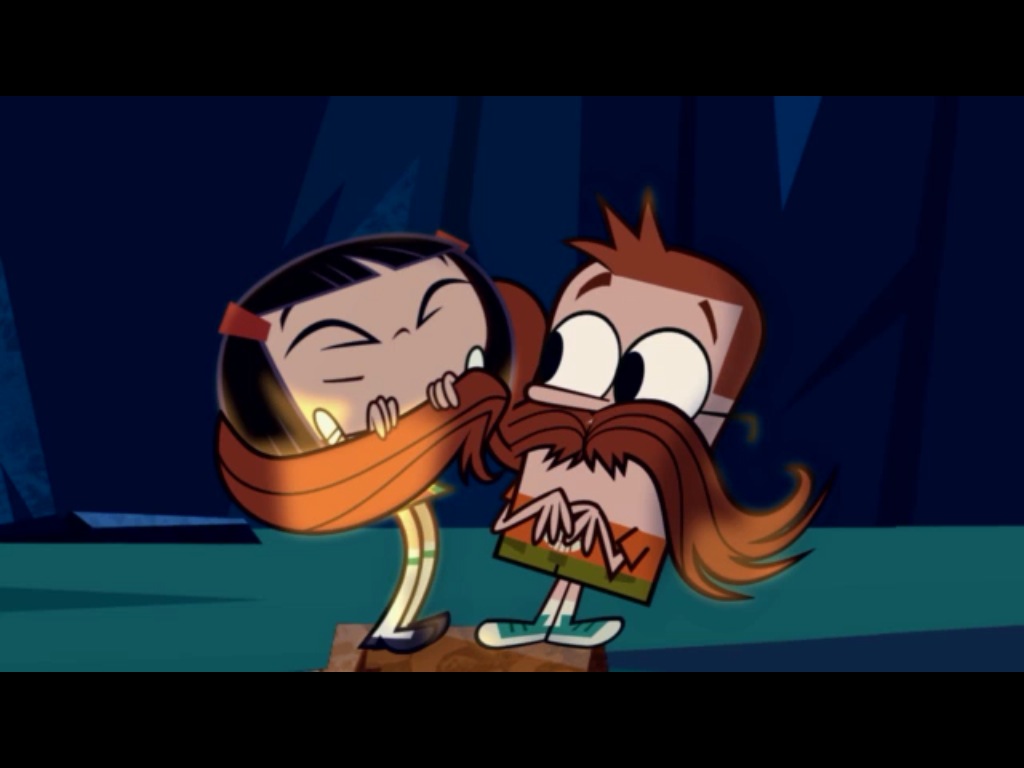

Anything that looks like punching down is not going to make the host appear better. And what to make of the near total absence of female sidekicks? The fact that you rarely hear laments over this disparity may speak to the low status of the job.Īs sensitivity to the power dynamics of comedy increased, the traditional sidekick seems, among other things, counterproductive. The current popularity of the white network host-Black bandleader pairing evokes the sentimental racial politics of the buddy cop genre of an earlier era. Relegating minorities to the lower-status sidekick never received much blowback, as patronizing as it often seemed. They “could surely serve as fodder for a 10-page Latino-studies paper.” For many years, network executives promoted the idea, dating to the radio and television titan Arthur Godfrey, that a talk show was like a family, with the host as the patriarch. Years ago, writing for Slate, Troy Patterson pointed out that Chelsea Handler and Jimmy Kimmel both relied on small Hispanic men working blue-collar jobs as supporting players.

But there’s been relative silence about sidekicks. The homogeneous demographics of talk-show hosts have drawn considerable scrutiny, with criticism that the job has long been dominated by white men, who for many decades tended to be gentiles from the Midwest. A typical Carson quip: “The first time Ed saw Niagara Falls, he asked, ‘Does that come with scotch?’” McMahon always played along merrily. McMahon was also the butt of jokes just like Dagmar, including many making him out to be a cartoon of the Irish drunk. It didn’t work (and Philbin later returned). Decades later, he revealed that Bishop forced his exit to create a spectacle to goose ratings. Regis Philbin, the sidekick to Joey Bishop in the 1960s, actually quit on air in an odd act of talk-show repentance, confessing that he had hurt the show enough.
Sidekick show tv#
Magic Johnson’s “The Magic Hour,” one of the most notorious bombs in TV history, went through several in a few months, including one, Craig Shoemaker, dismissed during a commercial break. Despite this limited portfolio, she became a sensation, which led to difficulties on the program and, according to some accounts, to the demise of the show, the first of many sidekicks taking the blame for a program’s failure. It’s difficult to pinpoint the first sidekick, but the founding mother is surely Dagmar (the stage name of Jennie Lewis) who appeared on “Broadway Open House,” the predecessor to “The Tonight Show.” With Jerry Lester as host, her main job was to get ogled and be the object of leering double-entendres. And yet one of the most impressive accomplishments of his work belongs to Richter, who reinvigorated the role of the traditional sidekick. As O’Brien finishes his run on late night on June 24, he leaves behind a massive legacy, a comedically ambitious fixture on late night for nearly three decades who influenced a generation of oddball comics.

What made the jokes about Richter so gently absurd is that no one has more persuasively countered the popular image of the sidekick as a pathetic sycophant. In the long, rich history of making fun of talk-show sidekicks, this was not particularly biting, not as scathing as Phil Hartman’s Ed McMahon impression on “Saturday Night Live” or as bleak as the moment on “The Larry Sanders Show” when the buffoonish second banana Hank Kingsley responds to his producer’s telling him he doesn’t suck by saying: “That’s one of the kindest things anyone has ever said to me.” A woman from human resources has to remind him, “You need to make the host believe in the irrational fantasy that he is the funniest person in the world.” She instructs him, “Laugh first, think later.”
Sidekick show how to#
Several years ago, Conan O’Brien’s talk show did a bit about Andy Richter’s forgetting how to do his sidekick job after a summer break.


 0 kommentar(er)
0 kommentar(er)
